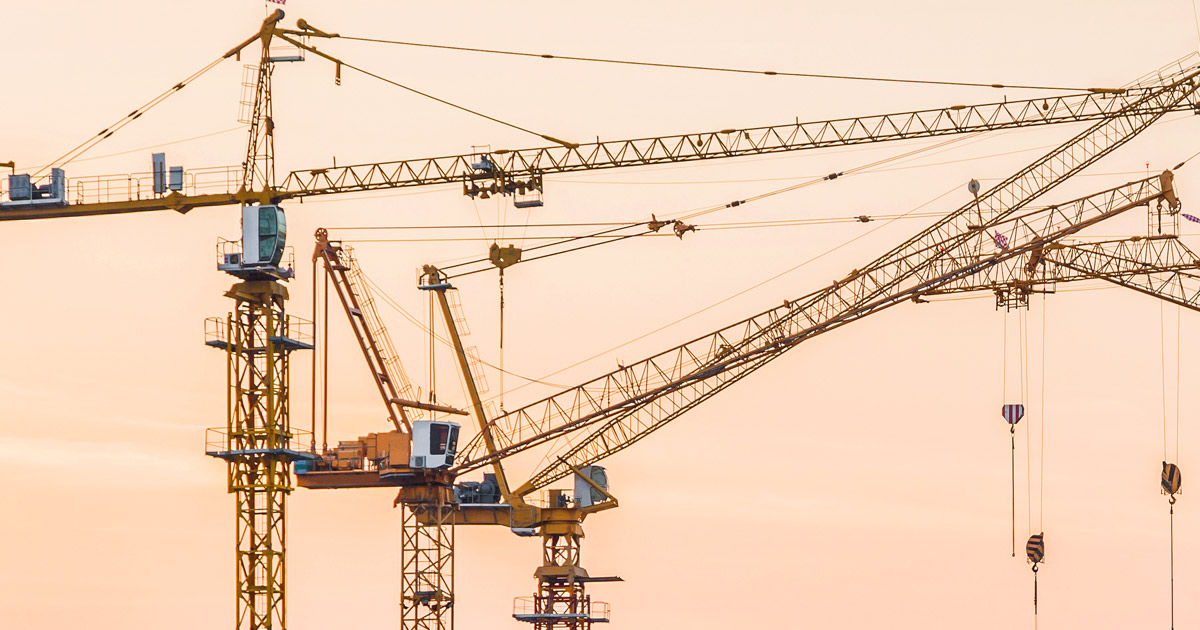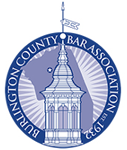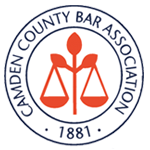Cranes are used regularly in a number of industries, including construction, transportation, and maritime work. While necessary to get the job done, cranes can also be extremely dangerous if not handled correctly and carefully. Crane accidents can cause devastating injuries and significant damage. Following proper crane safety procedures can help prevent accidents and keep workers safe, as well as anyone visiting the site or passing nearby.
Employee Training and Safety
Crane safety starts with proper preparation. Employers must ensure that anyone who might be in a position to operate a crane receives thorough training. The Occupational Safety and Health Administration (OSHA) has strict regulations regarding crane operation, and all employees should be familiar with them, along with any site-specific safety protocols enacted by their employer. Crane operators should have the proper certification and complete the required number of training hours, and they should review safety checklists each time they operate a crane so that nothing is forgotten. Companies must do a thorough risk assessment before beginning a job to ensure they have all their bases covered in keeping employees safe.
Even employees who will not be operating cranes themselves must receive crane safety training if they will be sharing a job site with one. It is important for workers to know which zones are safe and to avoid walking under the crane or in its swing radius at all times. Employers should make sure that danger zones are clearly labeled with appropriate warnings, and that employees understand all of the warning signs they may encounter on the job site, including hand signals from operators. Sites that have cranes operating should always have a supervisor present who can ensure that protocols are being followed.
A supervisor and any other safety officers on site should take every opportunity to remind employees of safety protocols. This includes reminders at daily morning briefings and having signs and literature available throughout the site. Companies should print safety cards with a review of proper crane operations so that employees can refresh their memories before they begin work. It can be helpful to build lifting operations into the daily schedule, so all employees know when to avoid certain areas, and it is important to schedule enough time to complete an operation, so the job is not rushed.
Employees who encounter cranes at work must be given the necessary personal protective equipment (PPE). Workers at any site should have some type of protective gear for their feet, head, and eyes; OSHA recommends a hard hat, eye protection with side shields, and footwear that is ANSI-approved. Based on the risk assessment for a particular job, there may be other types of PPE needed, such as sound protection, gloves for handling hazardous materials, or respiratory protection for dust or mold.
Safe Crane Operations
Cranes should always be positioned on flat, stable surfaces. This can be challenging depending on the conditions of the job site, especially on softer surfaces like soil or sand that could shift, and work may be needed to set up a suitable spot for the crane before it is put in place. Outriggers can help stabilize the crane, but they also increase the force on the surface below, which can cause it to collapse. Depending on the surface the crane is on, there may need to be adjustments to its load capacity. Cranes that are not level or on firm surfaces may be liable to tip, causing serious damage.
Cranes are used to move heavy materials, building components, and other equipment, often at very high altitudes. There are many considerations when loading a crane to make sure the load is secure. Cranes are rated to handle loads of a certain weight, and they should never be overloaded to more than their capacity. Cranes should have weight properly balanced so it can be safely carried. Workers should raise and lower loads carefully and avoid swinging loads to ensure that they do not lose control. Overloading or improperly loading a crane can cause structural damage, leading to catastrophic accidents. Cranes are intended for vertical lifting and attempting to drag something using a crane can put stress on the machine and cause failures.
One of the most common types of crane accidents results from falling loads. Overloading or improperly loading a crane can cause loads to become unstable and fall. There are some cases in which mechanical failure or operator error can cause a falling load accident, so it is important to ensure that all employees are properly trained and that cranes are inspected and maintained regularly.
Electricity is a factor in approximately 50 percent of overhead crane accidents. When operating a crane, it is vital to ensure that the crane is not in the vicinity of any energized power sources. If a hoist line or boom makes contact with a live power line while moving around it, the crane may conduct that energy and electrocute any workers touching the crane or working nearby. Contact with power lines results in about 200 fatalities each year. OSHA recommends maintaining at least a 10-foot distance between cranes and power lines. Crane operators may have difficulty seeing power lines, in which case another worker should be there to observe and notify them if they get too close. Workers should assume that a power line is live and proceed accordingly unless specifically told otherwise.
Cranes can degrade like any other type of equipment, and they may need parts replaced from time to time. Employers should have cranes regularly serviced to ensure that they are operating properly and safely, and all inspections and maintenance should be carried out by qualified personnel. Small issues, such as cracks or rust, can easily turn into larger problems if not addressed in a timely manner. Routine maintenance is necessary to identify any problems in time to fix them, and not after an accident occurs. If a crane does have a defect, it should be taken out of commission until it can be repaired and re-inspected. When performing maintenance or other job-related tasks, it may be necessary for employees to climb the crane.
There are a number of safety features that cranes can be equipped with to help facilitate safe operations. These can include automatic brakes that engage in the event of a malfunction; manual shut down controls for emergency use; hydraulic systems and load holding valves to maintain stability in case of hose rupture; and boom tip cameras to help crane operators navigate blind spots. OSHA also recommends that workers use hands-free communication systems so that they can keep both hands on the controls when operating a crane. Crane fires can result in deadly injuries and having a fire alarm and automatic shutdown system in place can help save lives in the event of a fire.
It is important to understand the risks when dealing with cranes on a job site, as there are many ways an accident can occur. OSHA estimates that there are approximately 225,000 cranes operating in the US, and crane accidents result in 70 deaths per year, on average. The size and weight of a crane make it a potential danger to anyone in the vicinity but following strict safety procedures can help prevent significant damage. Workers who are injured on the job in a crane accident are eligible for workers’ compensation benefits to cover medical costs and lost wages.
South Jersey Workers’ Compensation Lawyers at Pietras Saracino Smith & Meeks, LLP Obtain Compensation for Workers Injured by Cranes
If you were injured in a workplace crane accident, call the South Jersey workers’ compensation lawyers at Pietras Saracino Smith & Meeks, LLP. We will work tirelessly to ensure you receive the maximum compensation available so that you can focus on your recovery. With offices conveniently located in Cherry Hill, New Jersey, we represent injured workers throughout South Jersey, including Camden, Cinnaminson, Delran, Maple Shade, and Pennsauken. Call us today at 856-761-3773 or contact us online for a free consultation.













